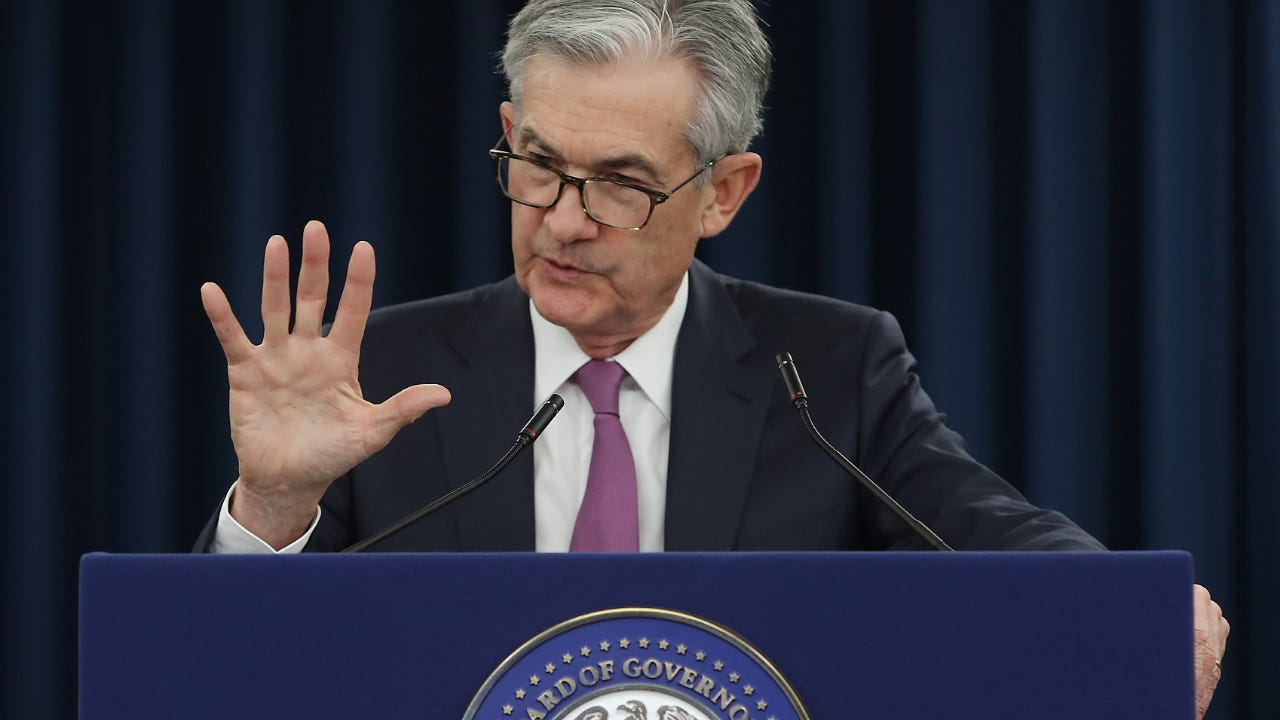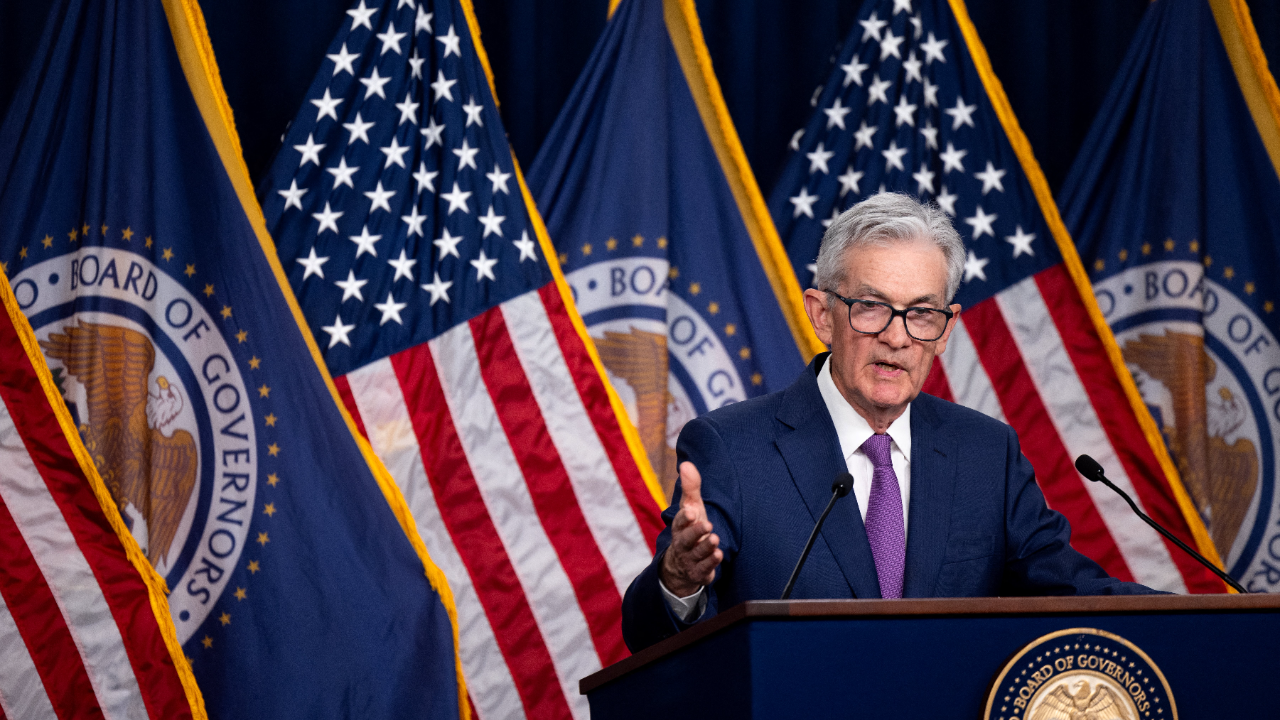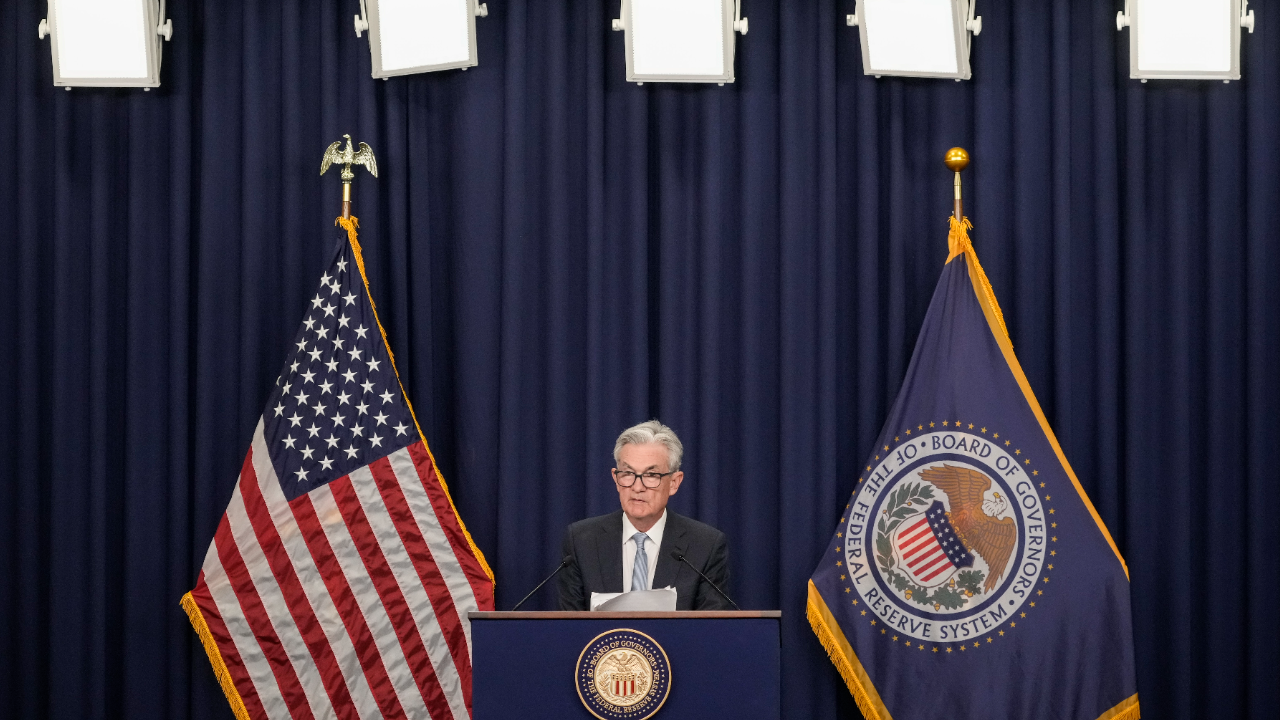Fed leaves interest rates unchanged, signals openness to future cuts

The Federal Reserve left borrowing costs unchanged but signaled an openness to cut rates for the first time in more than a decade, amid ongoing trade tensions, moderating job gains and persistently low inflation.
The U.S. central bank voted Wednesday to maintain its benchmark interest rate in a range of 2.25 percent and 2.5 percent, a move that many anticipated despite growing calls for the Fed to cut. But eight out of 17 officials penciled in rate reductions by the end of this year, which would be the first such adjustment since the economy plummeted into the depths of the Great Recession.
The Fed also dropped the word “patient” from its latest policy statement, opening the door for the easing of rates in the future.
Officials still expect a strong job market and economic expansion to continue, “but uncertainties about this outlook have increased,” the Federal Open Market Committee (FOMC) said in its post-meeting statement. “In light of these uncertainties and muted inflation pressures, the Committee will closely monitor the implications of incoming information for the economic outlook and will act as appropriate to sustain the expansion.”
[READ: 7 ways the Fed’s decisions on interest rates affect you]
Trump, trade and political pressures
Fed officials are wrestling with how to respond to rapidly changing threats, mostly on the trade front. Days after the Fed decided on May 1 to hold interest rates unchanged — signaling an overall positive outlook for the U.S. economy — the Trump administration slapped higher duties on $200 billion of imports from China. White House officials then threatened to raise the stakes even more, announcing their plans to hit all imports from Mexico with duties. Those cuts, however, have since been taken off the table.
Some Fed officials now see that “the case for somewhat more accommodative policy has strengthened” in light of these new developments, Powell told reporters in a post-meeting press conference. He added that “news about trade has been an important driver of sentiment” and said lower rates “would support economic activity.”
“In some sense, the damage has already been done,” says Carl Tannenbaum, chief economist at Chicago-based Northern Trust. “The Fed may be forced to take out some insurance against a bad outcome. Unless the news is extraordinarily good, it’s pretty likely that we’re going to see a reduction.”
But Powell suggested officials were not quite ready to pull the trigger just yet.
“We want to see, and we want to react to developments and trends that are sustained, that are genuine,” Powell said. “The right thing here is to watch carefully and see how they weigh on the outlook.”
This decision, however, wasn’t unanimous. For the first time under Powell’s tenure, one official voted against the committee’s actions: St. Louis Fed President James Bullard, who said in a June 3 speech that a cut “may be warranted soon” in light of these trade tensions and persistently low inflation.
“The Fed has lost ‘patience’ and now says they will ‘act as appropriate to sustain the expansion,’ which could mean as many as two rate cuts this year,” says Greg McBride, CFA, Bankrate’s chief financial analyst. “While the Fed stands ready to cut rates at future meetings if needed, for consumers all that will do is unwind a fraction of the nine rate hikes enacted since 2015. It will not unleash any measurable spending power, and would be more of a move to sway market sentiment – and perhaps favor within the White House.”
The Fed’s decision to hold rates unchanged comes amid heightened political pressure from the Oval Office. President Trump explored ways of firing and even demoting Fed Chair Powell, Bloomberg News reported Tuesday. White House economic adviser Larry Kudlow has since said the administration is no longer exploring such moves, but when asked about it by a reporter on Tuesday, President Donald Trump said, “Let’s see what he does.”
Powell didn’t specifically respond to questions about Trump’s recent comments, but said, “The law is clear that I have a four-year term, and I fully intend to serve it.”
[READ: What Trump can (and can’t) do when it comes to Powell and the Fed]
Fed’s economic forecast
The Fed also downgraded its description of U.S. economic activity, describing it as “moderate” instead of “solid.” The median forecast for gross domestic product in 2019 remained unchanged, holding at 2.1 percent. Powell told journalists during the news conference that the faster-than-expected pace of growth in the first quarter prevented any downward revisions.
But as the Fed tries to make sense of conflicting signals in U.S. economic data, forecasts could have a much quicker expiration date than usual, says Michael Ning, portfolio manager of the High Yield ETF (HYLD) and managing director at MacKay Shields. That also goes for the Fed’s dot plot.
“They’re turning directions, but what if in two quarters, we see some improvement?” he says. “Are they going to somehow review again and readjust? It’s a little bit concerning for the Fed’s credibility.”
Just as eight of 17 officials forecasted cuts to the federal funds rate by the end of this year, eight forecasted that policy would remain on hold. One official was still forecasting that the Fed would hike.
Consumer takeaways
The message is clear for consumers — the U.S. economy is trying to stand up against a massive amount of headwinds. Just because officials aren’t expecting a recession anytime soon, doesn’t mean you should get complacent with your finances.
“Expect the economic expansion to continue, it just might need some help from the Fed to make it happen,” McBride says. “For consumers, continue to focus on paying down high-cost debt and boosting your savings cushion so you’re better off when the economy does soften.”
Learn more:
- Watch for these 6 indicators to know when a recession could be coming
- The Trump administration’s trade wars are whipping Fed policy back and forth
- See the Fed’s impact on lending rates
You may also like

Fed remains on hold, keeps forecast for three rate cuts in 2024





